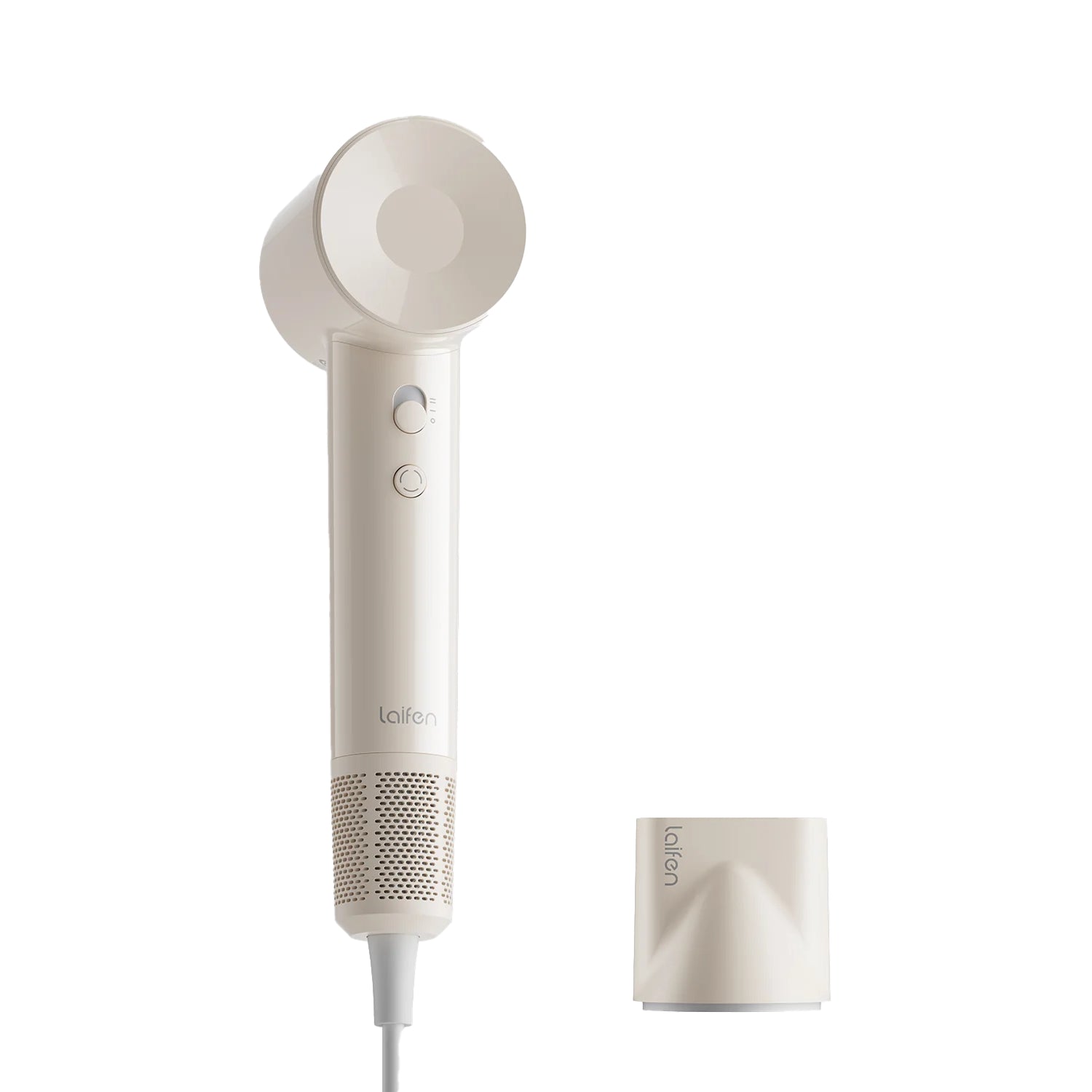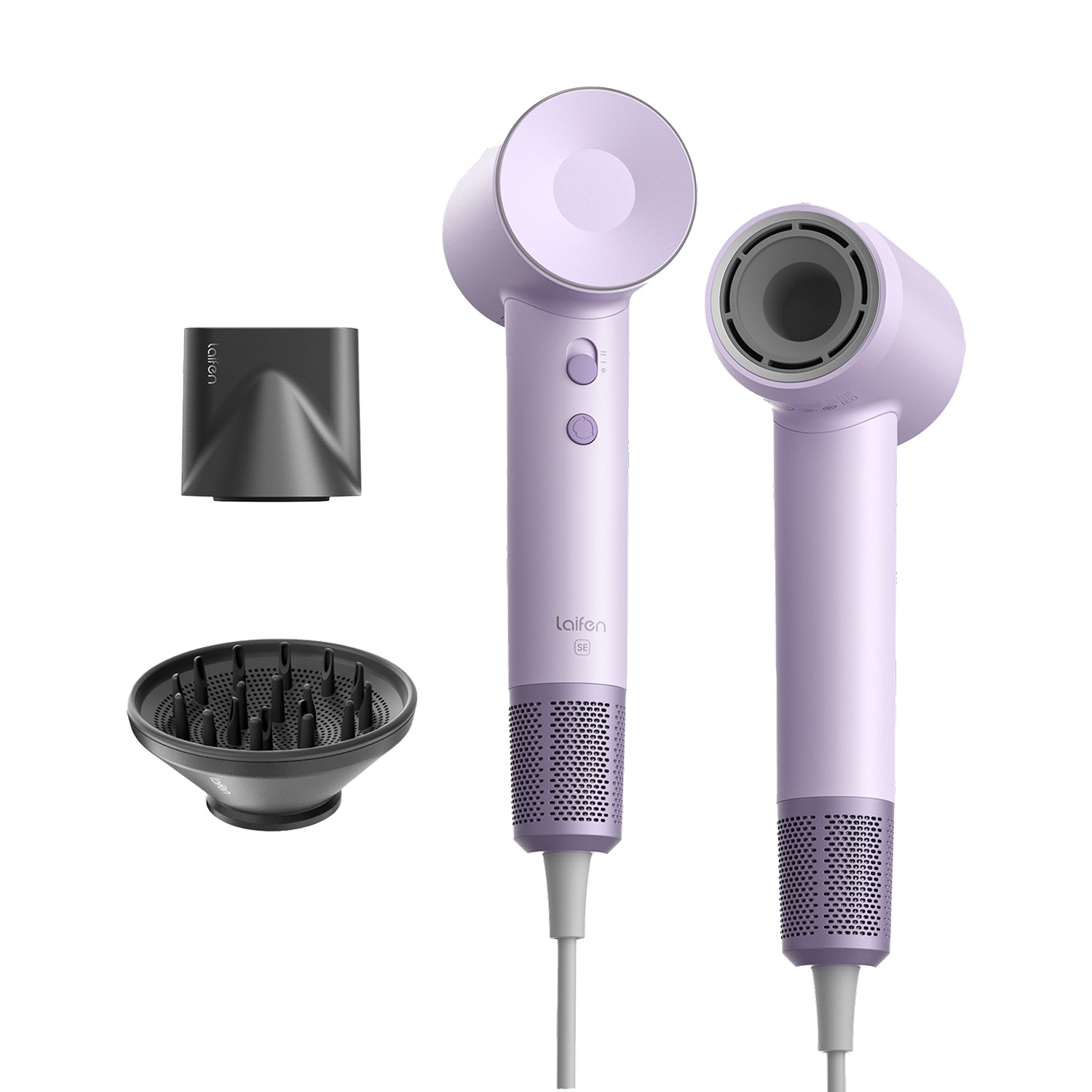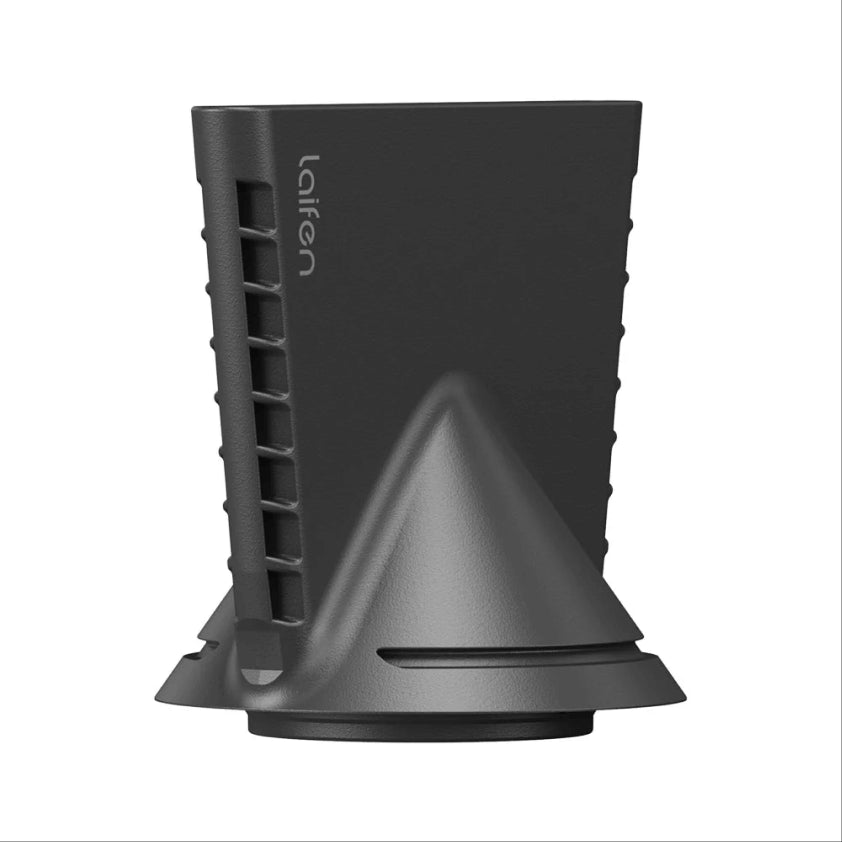
In this article
When it comes to brushing kids' teeth, there's a bit more finesse involved than simply scrubbing away. Children's teeth and mouths are still developing, which means their dental needs differ from those of adults. So, let's find the intricacies of how to brush kids' teeth correctly.
Kids' teeth brushing is different because their teeth and gums are more delicate compared to adults. This means they require gentler care to avoid causing any discomfort or damage. Children are still learning proper brushing techniques and may not have the dexterity to reach all the nooks and crannies in their mouths.
The benefits of obeying special guides on brushing kids' teeth are immense. By following these guides, us parents can help that their children develop good oral hygiene habits from a very young age. In other words, instilling these habits early on sets the foundation for a lifetime of healthy teeth and gums.
Special guides on kids' teeth brushing often include step-by-step instructions, and luckily, I will show you in the following. They also stress the importance of brushing for two minutes, twice a day, and making it a fun and engaging activity for children to enjoy.
How to brush kids' teeth
Remember, each child is unique, so adjust these guidelines based on their development. And don't forget to make brushing teeth a fun and positive experience to encourage them.
[See also: How to use an electric toothbrush correctly]
|
|
Brushing technique |
|
Infant (0-2) |
Use a soft, damp cloth or infant toothbrush to wipe gums and any erupted teeth twice a day. |
|
Toddler (2-4) |
Use a pea-sized amount of fluoride toothpaste on a soft-bristled toothbrush. Brush in small, circular motions, covering all tooth surfaces and the gum line. Let them to spit out excess toothpaste, but don't worry if they swallow a small amount. Supervise closely to make thorough cleaning. |
|
Child (5-7) |
Continue using a pea-sized amount of fluoride toothpaste. Teach them to brush for two minutes, covering all tooth surfaces and the gum line. Try proper technique, such as holding the toothbrush at a 45-degree angle and using gentle circular motions. Supervise to know they're brushing effectively. |
|
Preteen (8+) |
Help independent brushing while continuing to supervise and provide guidance as needed. Emphasize the importance of thorough cleaning, including brushing the tongue and the back teeth. Let them brush for 2 mins, twice a day, and to floss daily. Use disclosing tablets occasionally to show areas they may be missing. |
Kids vs. adults: Teeth brushing
When it comes to teeth brushing, there are notable differences between kids and adults. From the table, you can understand why it's necessary to treat their teeth in a different way.
|
Aspect |
Kids |
Adults |
|
Development |
Teeth are still developing and growing. |
Permanent teeth are already in place. |
|
Densitivity |
Gums and teeth are more delicate. |
Less sensitivity. |
|
Technique |
Require supervision and guidance. |
Independent in brushing. |
|
Toothpaste |
Use fluoride toothpaste in small amounts. |
Use fluoride toothpaste in recommended amounts. |
|
Duration |
Shorter attention span, may need reminders. |
More consistent in brushing for recommended duration. |
|
Size |
Smaller mouths, may struggle to reach all areas. |
Larger mouths, easier access for brushing. |
|
Habits |
Developing habits, need encouragement. |
Established habits, consistent routine. |
|
Risk |
More prone to cavities and gum disease if proper care is neglected. |
Risk factors may include gum disease and enamel wear if proper care is neglected. |
Does a kid need a different toothbrush and toothpaste?
Yes, kids do often need distinctive toothbrushes and toothpaste compared to adults. Kid-sized toothbrushes are designed to fit smaller mouths and hands and make it easier for children to maneuver and reach all their teeth. These toothbrushes also tend to have softer bristles to protect their delicate gums and teeth.
When it comes to toothpaste, kids should use fluoride toothpaste, but in smaller amounts compared to adults. Fluoride helps strengthen their growing teeth and prevent cavities, but too much fluoride can cause dental fluorosis, which can affect tooth enamel.
That's why it's important to use just a pea-sized amount of toothpaste for kids under six years old, and supervise them while they brush to know they spit it out afterward. As kids grow older and develop better brushing habits, they can gradually use more toothpaste under adult supervision.
How to keep kids' teeth healthy?
If you do not know how to encourage kids to clean their teeth and oral, the 4 points listed will be helpful.
You can help them establish a routine
You can start by encouraging regular brushing and flossing habits from a young age. Help they brush their teeth twice a day for two minutes each time, using fluoride toothpaste. Supervise their brushing to know they cover all tooth surfaces and the gum line effectively.
Help them have a healthy diet
Then, you can encourage a balanced diet rich in fruits, vegetables, whole grains, and lean proteins. Limit sugary snacks and beverages, as they can contribute to tooth decay. Do drinking water instead of sugary drinks to help rinse away food particles and keep their mouths hydrated.
Regular dental check-ups
You can also choose to schedule regular visits to the dentist for check-ups and cleanings. Dental professionals can detect any issues early on and provide guidance on proper oral hygiene practices.
[See also: Benefits of regular dental check-ups]
Lead by example
Be a positive role model for your children by demonstrating good oral hygiene habits yourself. Brush and floss your teeth together as a family, making it a fun and interactive activity.
How do I know if my kid's teeth are healthy?
Here are some signs to look for to determine if your kid's teeth are healthy. Reversely, you may need to find a dentist if those signs are missing.
-
Healthy teeth appear white or slightly off-white in color. Yellow or brown discoloration may indicate decay or other dental issues.
-
Healthy gums should be pink, firm, and free from swelling or bleeding. Red or swollen gums may be a sign of gum disease.
-
Healthy teeth and gums should not produce persistent bad breath. Chronic bad breath could be a sign of dental issues.
-
Healthy teeth should not cause pain or sensitivity to hot, cold, or sweet foods and drinks.
-
Check for any visible signs of cavities or dark spots on the teeth, especially on the chewing surfaces or between teeth.
-
Teeth should be properly aligned with no crowding, gaps, or overlapping. Misaligned teeth may require orthodontic treatment but can still be healthy if properly cared for.
























